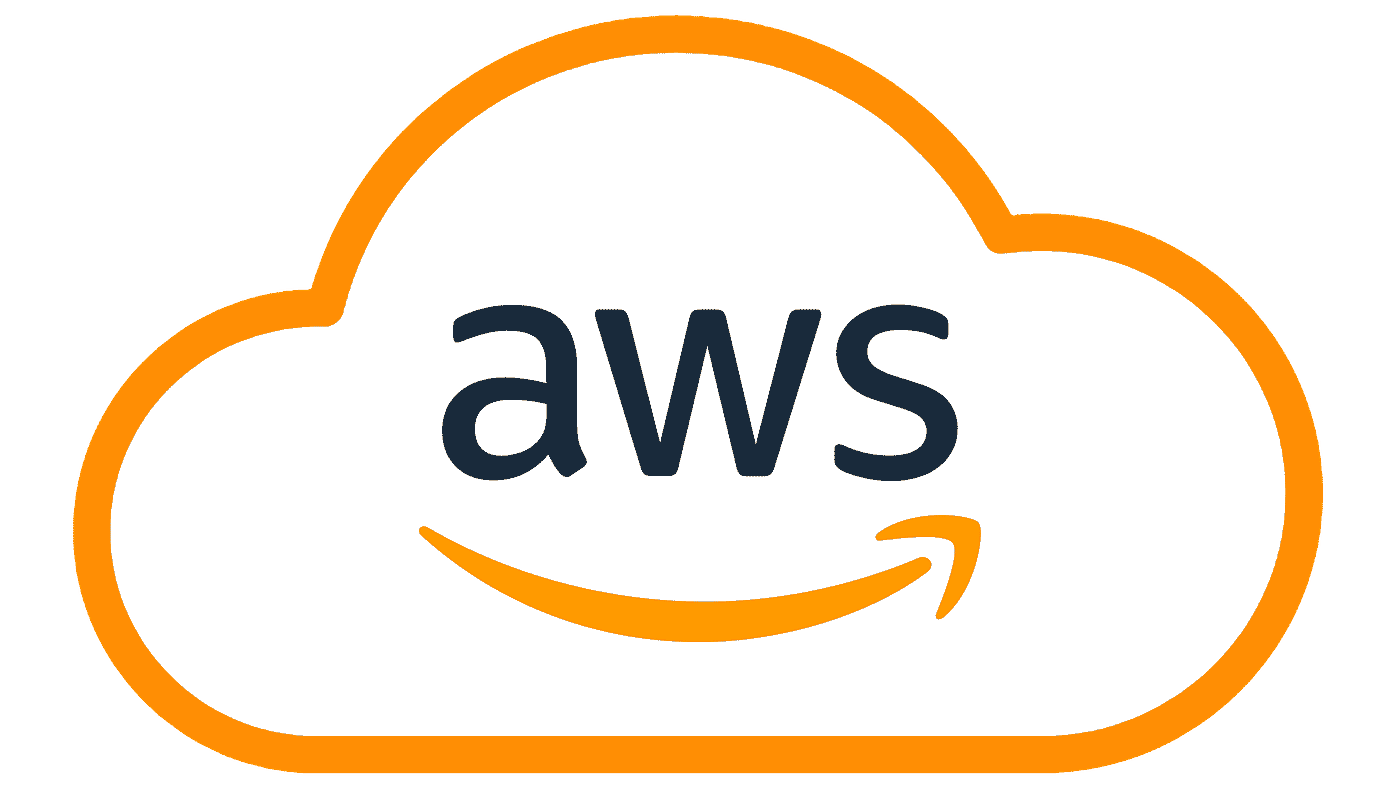Best Programming Languages to Learn in AI Training
Artificial intelligence (AI) is no longer a future notion; it is already transforming sectors.From healthcare diagnostics to financial forecasting, AI systems are driving innovation and efficiency. As organizations increasingly adopt AI-powered solutions, the demand for professionals with strong programming skills in this domain is skyrocketing. If you’re planning to pursue a career in AI, one of the most crucial steps is choosing the right programming language.
In this blog, we’ll explore the Best Programming Languages to learn in AI training, their unique strengths, and how they fit into the broader AI ecosystem.
Why Programming Languages Matter in AI
AI is a field that requires processing vast datasets, implementing machine learning (ML) models, and building scalable systems. Different programming languages offer unique advantages—some excel at rapid prototyping, others at performance, and some are tailored for statistical analysis. By mastering the right languages, you’ll have the tools to tackle challenges in natural language processing, deep learning, robotics, and predictive analytics.
1. Python – The King of AI Development
When it comes to AI Training, Python is the undisputed leader. Its simplicity, readability, and extensive library support make it the first choice for beginners and experts alike.
Key advantages:
- Rich ecosystem: Libraries such as TensorFlow, PyTorch, Keras, NumPy, Pandas, and Scikit-learn power machine learning and deep learning projects.
- Strong community: Millions of developers contribute tutorials, frameworks, and open-source projects.
- Flexibility: Ideal for prototyping as well as production-ready AI applications.
Python is often referred to as the lingua franca of AI. If you’re just starting your AI training journey, Python should be your first stop.
2. R – For Statistical Computing and Data Analysis
While Python dominates machine learning, R holds a strong position in statistics-heavy AI projects. It is especially well-liked among scholars and data scientists.
Key advantages:
- Powerful statistical packages for data visualization and analysis.
- Libraries like caret, randomForest, and nnet for machine learning tasks.
- Excellent for academic research where data interpretation and visualization are vital.
R is especially useful if you’re focusing on areas like predictive modeling, data mining, and bioinformatics.
3. Java – Scalability and Enterprise Integration
Java has been a cornerstone in software development for decades, and it continues to play a significant role in AI. Its strength lies in building scalable, high-performance applications.
Key advantages:
- Widely used for large-scale enterprise AI solutions.
- Strong frameworks like Deeplearning4j, Weka, and MOA support machine learning.
- Platform independence ensures deployment flexibility.
Java is a great choice if you’re aiming for AI roles in corporate environments, big data systems, or Android-based AI applications.
4. Julia – High-Performance Computing for AI
Julia is a rising star in the AI ecosystem. Known for its speed and mathematical capabilities, Julia is increasingly being adopted for AI research.
Key advantages:
- High-performance language designed for numerical and scientific computing.
- Easy integration with Python, R, and C++.
- Popular libraries like Flux.jl and MLJ.jl for deep learning and ML.
Julia is ideal if you’re working on complex simulations, optimization problems, or real-time AI applications.
5. C++ – Power and Performance
While not the easiest language to master, C++ is essential in AI fields requiring maximum performance and memory control.
Key advantages:
- Used in building AI-powered game engines, robotics, and real-time systems.
- Provides low-level control for resource-intensive applications.
- Faster execution compared to interpreted languages.
C++ is crucial in industries where speed and hardware-level optimization are non-negotiable.
6. JavaScript – AI for the Web
With AI moving to the web, JavaScript has gained importance. Developers use it to create interactive AI-powered applications directly in browsers.
Key advantages:
- Libraries like TensorFlow.js bring ML to web environments.
- Seamless integration with front-end and back-end systems.
- Perfect for building chatbots, recommendation systems, and user-facing AI apps.
If your goal is to combine AI with web development, JavaScript is indispensable.
7. MATLAB – For Researchers and Engineers
MATLAB may not be as trendy as Python, but it’s a staple in academic and engineering circles.
Key advantages:
- Built-in tools for data analysis, neural networks, and simulations.
- Widely used in engineering, robotics, and signal processing.
- Provides an intuitive environment for rapid prototyping.
MATLAB is particularly suited for those pursuing research-focused AI training.
Choosing the Right Language for Your AI Career
Here’s a quick guide to help you decide:
- Beginners & general AI: Start with Python.
- Data-heavy/statistical roles: Learn R.
- Enterprise systems & large-scale apps: Go for Java.
- High-performance computing: Explore Julia or C++.
- Web-based AI: Add JavaScript.
- Research and engineering: MATLAB is a strong candidate.
Ultimately, you don’t need to master all these languages at once. Start with one (most likely Python), and expand based on your career goals and projects.
AI is transforming the way we live and work, and the demand for skilled professionals will only grow. Choosing the right programming language is not just about following trends—it’s about aligning with your career aspirations and the kind of AI projects you want to work on.
Whether you want to build Machine Learning models, design AI-driven enterprise systems, or develop research-focused solutions, there’s a language that fits your path. Begin with Python, and gradually add others to your toolkit. With the right skills, you’ll be ready to thrive in the ever-expanding AI industry.




